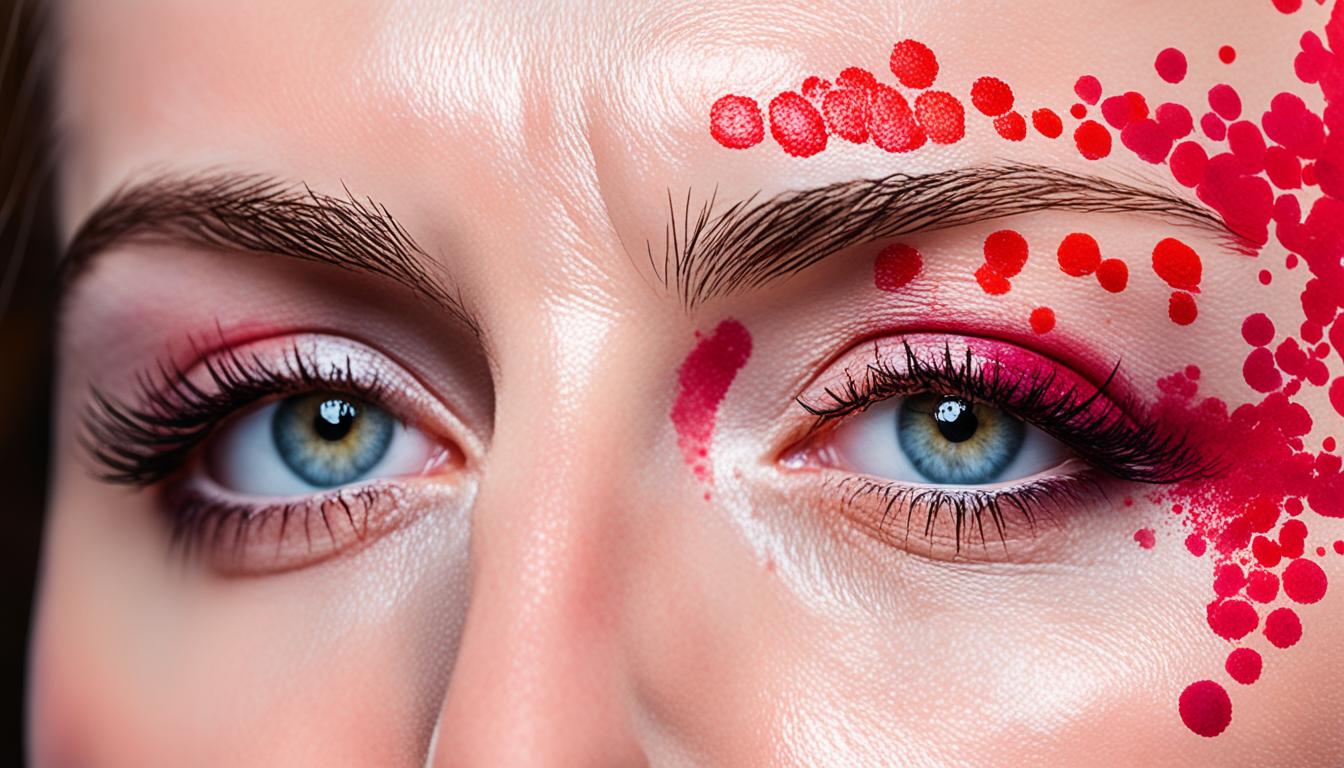Slapped cheek disease, also known as fifth disease or erythema infectiousum, is a viral illness. It mainly affects children between 5 and 14 years old. The disease is caused by Parvovirus B19 and spreads through respiratory droplets or close contact. It’s more common in spring.
This disease’s main symptom is a red rash on the cheeks, looking like a slap mark. The rash might also appear on other body parts later. Other symptoms include a mild fever, fatigue, and a sore throat. Most cases are mild and go away without treatment, but severe anemia is a rare complication.
Doctors can usually tell someone has slapped cheek disease by the rash on their cheeks. But they might also do blood tests to confirm the presence of Parvovirus B19 antibodies.
Recently, stem cell therapy has become an option for tough cases of slapped cheek disease. This treatment helps especially those with ongoing infection or blood problems. For relief from symptoms, patients can rest and take over-the-counter medicine for pain and fever. In severe cases, a blood transfusion might be necessary.
Key Takeaways:
- Slapped cheek disease, also known as fifth disease, mainly impacts children and comes from the Parvovirus B19 infection.
- It spreads through sneezes, coughs, or touching someone infected. Spring is when it usually appears more.
- Its main sign is a red rash on the cheeks, but it can move to other body parts.
- Most cases are mild and go away on their own. However, severe anemia is a rare, serious issue.
- Doctors check for it by looking at the rash but might also do blood tests to confirm the infection.
- For tough cases, stem cell therapy is a new way to treat the disease.
Transmission and Diagnosis
Slapped cheek disease, or fifth disease, is very easy to catch. It spreads fast in places like schools. The main way it spreads is through the air by coughs and sneezes. So, being around someone who is coughing or sneezing puts you at risk.
The contagious period starts before any symptoms show. This can be quite a while, up to 18 days. So, it’s hard to know who might be carrying the virus. But once the rash shows up on their cheeks, they’re no longer contagious.
To know if someone has slapped cheek disease, doctors look for a red rash on the face. They might also do blood tests to check for specific antibodies. Finding these antibodies shows if the person has had the virus before.
Symptoms of Slapped Cheek Disease
At first, the virus can feel like a cold or mild flu. Symptoms might include a runny nose and sore throat. This can make diagnosing the disease hard.
Later, a red rash appears, looking like someone slapped the person’s face. It can also show up on other body parts, usually not the hands and feet. This rash might stay for weeks, and some things like sunlight can make it worse.
But not everyone with the virus gets this rash. Some people might not show any signs at all. This can make catching the disease early very difficult.
Knowing how slapped cheek disease spreads and how it’s diagnosed is vital. It helps stop its spread and allows for proper care.
Complications and Treatment Options
Slapped cheek disease is usually mild and goes away on its own. But in rare cases, it can cause severe anemia, joint pain, and complications for those with weak immune systems or pregnant. Severe anemia might need hospitalization and a blood transfusion. Joint pain, especially in grown-ups, can be treated with rest and anti-inflammatory medicine. For pregnant women with the virus, close monitoring and sometimes blood transfusions for the fetus are needed.
Stem cell therapy is now being used for tough cases. This new treatment can help patients with lasting infections or red cell issues. It might help with symptom relief and boosting the immune system. The treatment uses transplanted stem cells to fix the body by replacing damaged or non-working cells.
Aside from medicines, managing symptoms is possible with antihistamines, painkillers, and rest. Antihistamines lessen rash and itchiness, while painkillers ease pain. Taking a break from hard activities lets the body heal better.
Treatment Options for Slapped Cheek Disease
| Treatment | Description |
|---|---|
| Blood transfusion | In severe cases of anemia, a blood transfusion may be necessary to replenish red blood cells and improve oxygen delivery. |
| Stem cell therapy | An innovative treatment option that involves the transplantation of stem cells to promote symptom relief and enhance immune system function. |
| Antihistamines | Medications that can help reduce rash and itchiness. |
| Painkillers | Over-the-counter drugs that can alleviate discomfort and pain associated with slapped cheek disease. |
| Rest | Taking time off from strenuous activities to allow the body to heal and recover more effectively. |
Conclusion
Slapped cheek disease is a viral illness that mainly affects kids. It causes a red rash on the cheeks, often spreading. Most kids get better by themselves, but it can be serious for some.
Doctors diagnose it by looking at the rash. They might also do blood tests. Treatment is focused on easing symptoms. It includes rest and medicine for pain and fever.
For some severe cases, like if blood counts are low, a blood transfusion may be needed. In more recent times, stem cell therapy has shown hope for tough cases. It uses stem cells to help the body heal from the illness.
Staying clean and not too close to people with the disease can help prevent getting it. So, washing hands well and staying away from sick people is a good idea.

